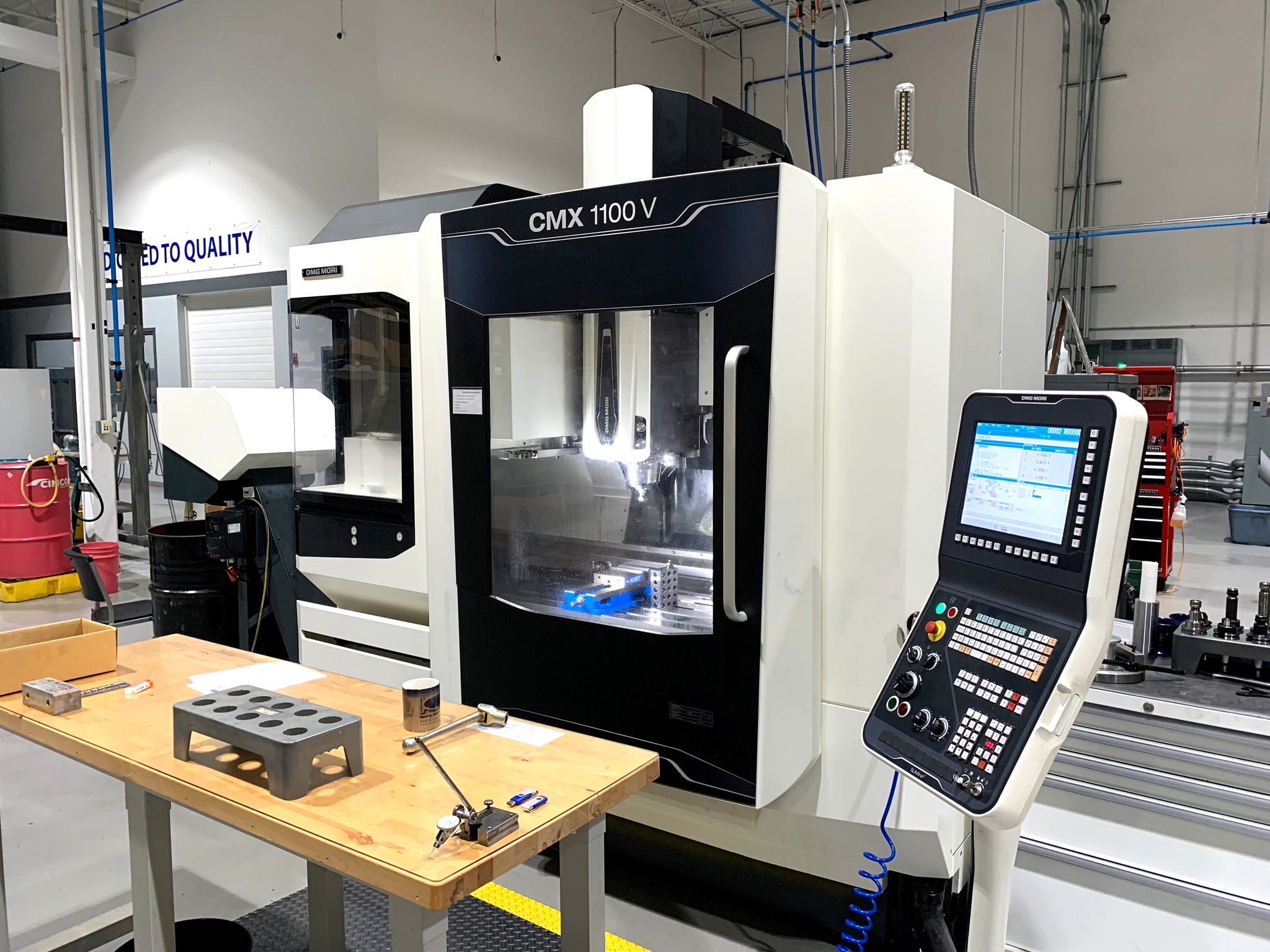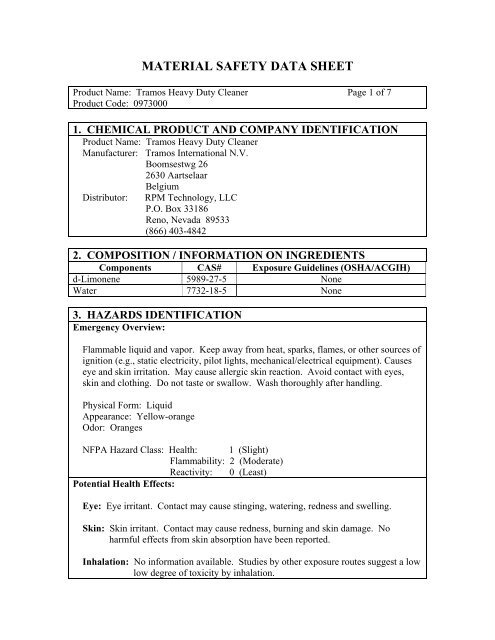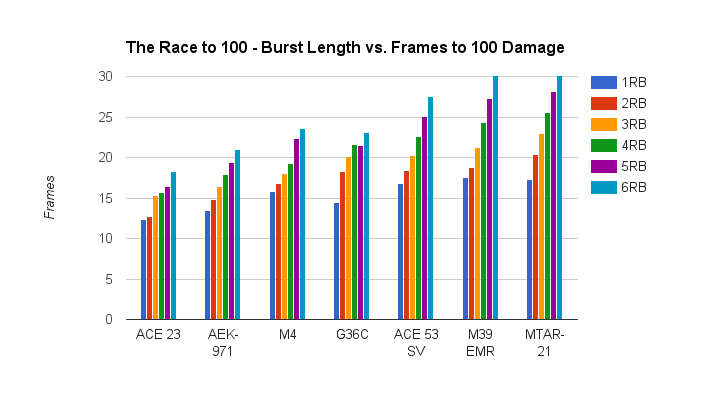


Freshwater flushes keep the cooling passages clean and open, prevent corrosion in several parts of the engine, and extend the longevity of the water-pump impeller. Regular freshwater motor flushes are a key to longevity for any kind of marine engine. The potential internal corrosion problems can seriously impair an outboards productive use.
Rpm vs dmg full#
Partially full fuel tanks on boats are subject to serious condensation, and water tainting the fuel supply has been a problem since well before ethanol was ever introduced into the system. Even if there is access to ethanol-free gas, it is still important to use an additive. This is more of a problem in boats than cars since gas tends to sit a lot longer in boats.īut even if boaters use their boat with regularity and freshen the supply within a matter of weeks, ethanol can still do damage. A boater who isn’t sure what the manufacturer’s recommended RPM range is for his or her specific motor? The answer is just a Google away.įuel treatments clean the fuel system and ensures your engine is operating at peak performance.īy now, everyone should know ethanol gas can ruin boat engines, especially thanks to phase separation – the separation of the water in the fuel from the fuel itself. The propeller is the one variable which you can easily alter to regulate your boat engine’s wide-open-throttle RPM range, simply by increasing (to lower wide-open RPM) or decreasing (to raise it) pitch. The solution – Change the propeller pitch. Again, the potential for an early engine grave is obvious. Those poor metal parts will be pedaling away furiously as the engine over-revs. On the flip side – Under-propping a boat and allowing the engine to spin above the manufacturer’s recommended RPM range is just as harmful. Over-propping a boat forces the engine to work harder to attain a given RPM, raising combustion temperature and stressing internal parts like rods and bearings.Ĭ. No harm in running below recommended RPM – Some think if the engines weren’t at or over the recommended top RPM, no harm could be done. Common Mistake – When considering a boat with outboards that just barely achieve the recommended RPM range, after adding gear and filling the fuel and water tanks, the engines can no longer reach the recommended top RPM.ī. When a boat is over-propped (the propellers have too much pitch), the outboard(s) highest achievable RPM is lower than the manufacturer’s recommended wide-open-throttle RPM, which typically is between 50 RPM. These are not always the best for outboard longevity. To achieve the best performance, boat manufacturers choose propellers with a size and pitch that meet their perceived performance objectives. However, these machines need to be properly set up and maintained to sustain a life in what is essentially a hostile environment. Technological advances in manufacturing, new, innovative designs, lower emissions, new metal alloys, and better anti-corrosion coatings have made all brands generally better. Today’s outboards are a big step forward from the units the major outboard makers produced just 10 years ago.

Top boat manufacturers prop their outboards with size and pitch that allows the boat to run inside the recommended limits. Outboard manufacturers have recommended RPM ranges for their specific models. Here are some important guidelines for correctly setting up and preserving an outboard’s potential life. To keep an outboard engine running to its designed potential, it needs to be properly set up and maintained. They’ll run a long time if treated right. We’ve all seen the boat yard’s trusty barge moving boats and get around powered by an old, small outboard engine.


 0 kommentar(er)
0 kommentar(er)
